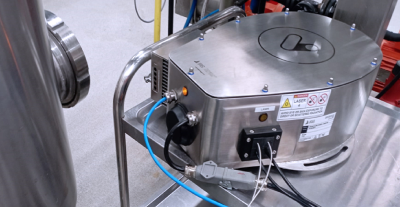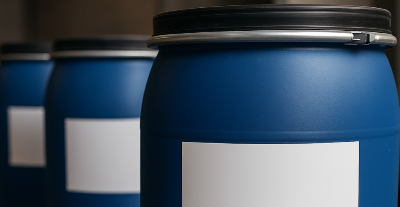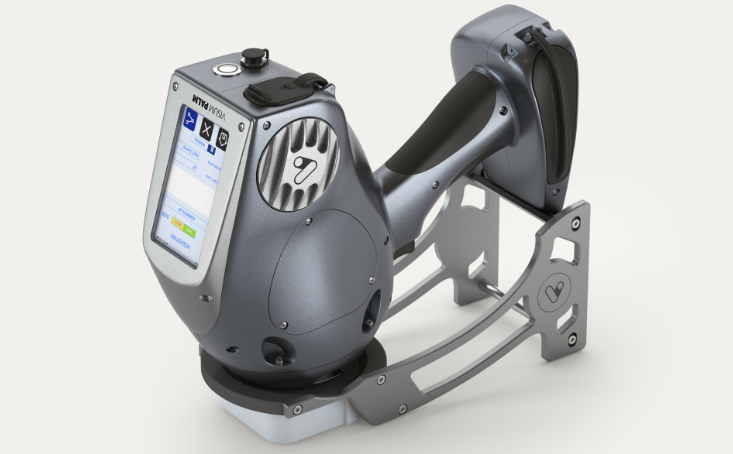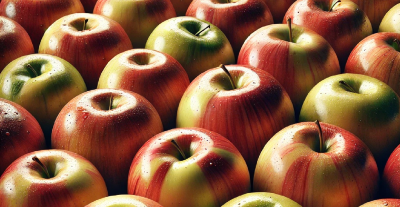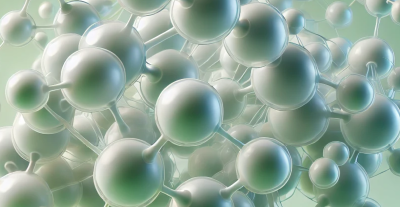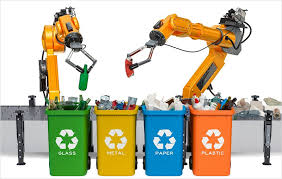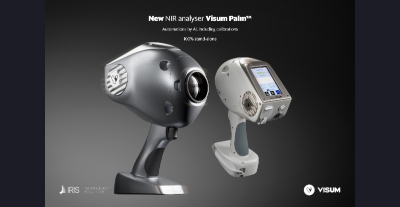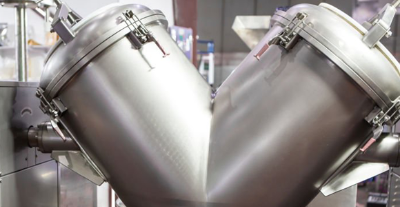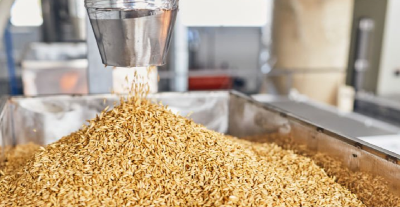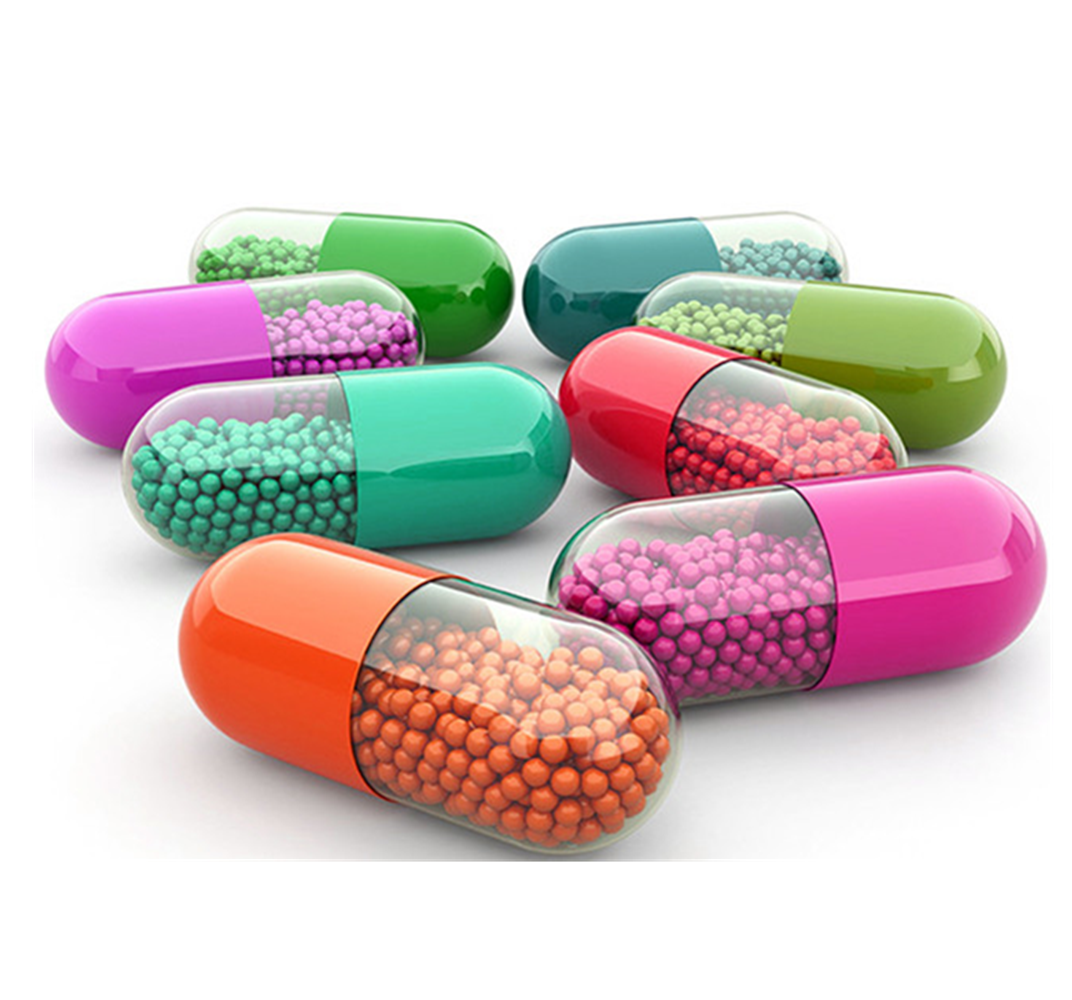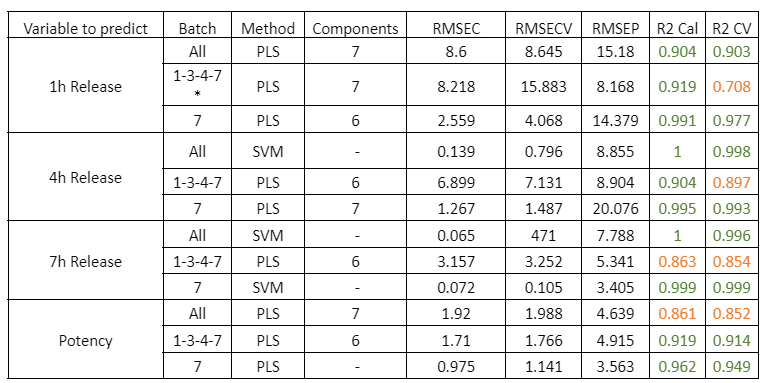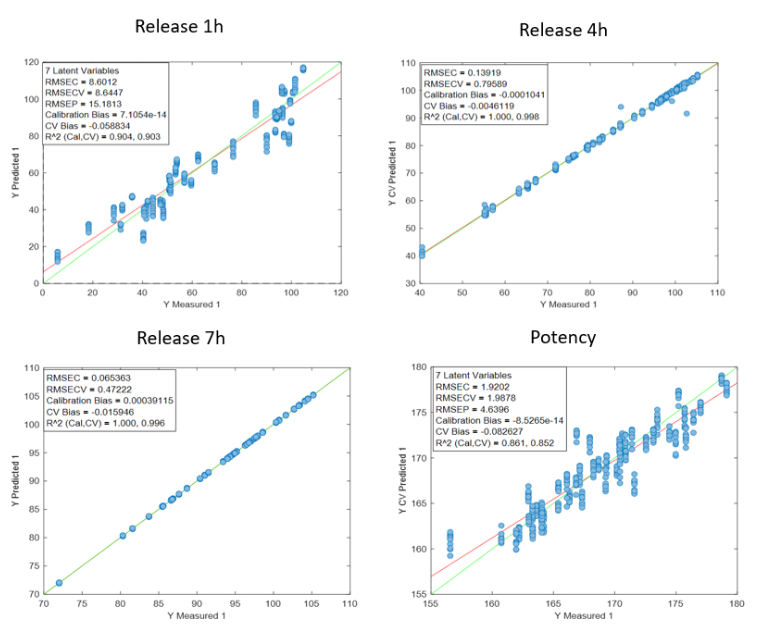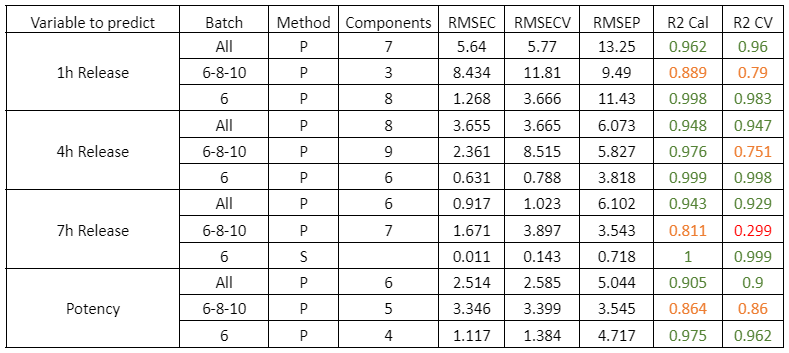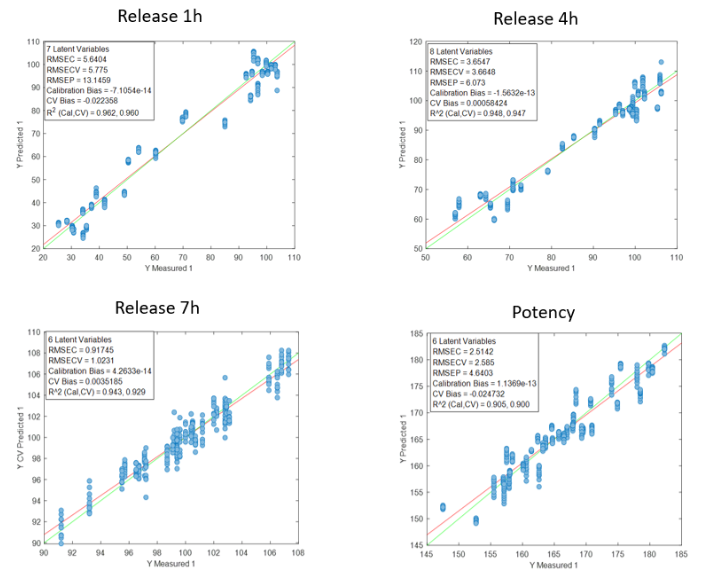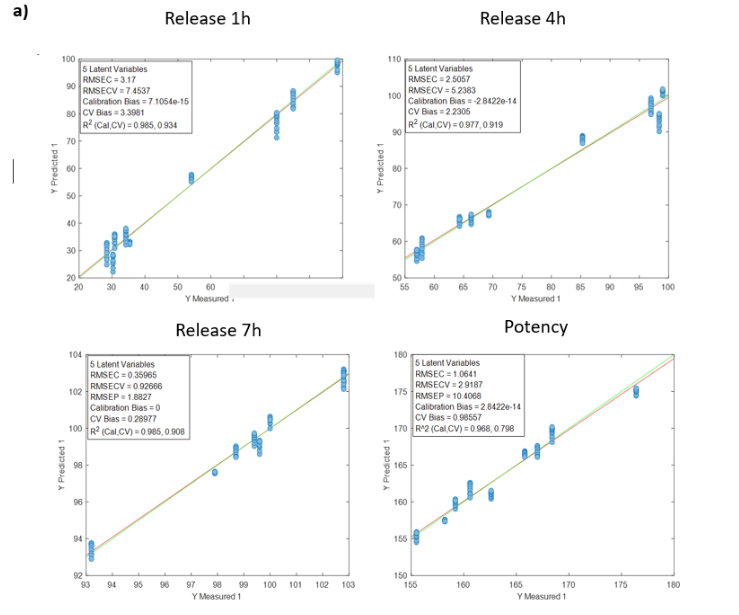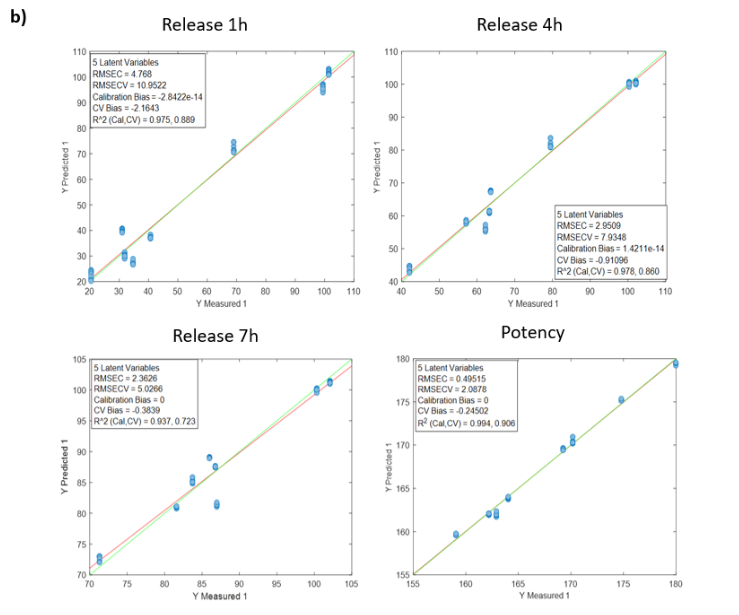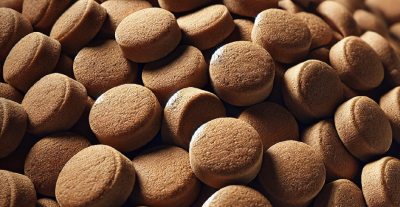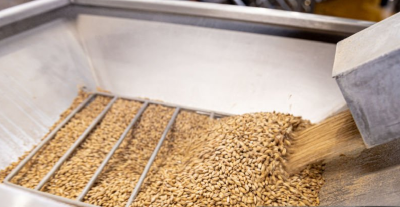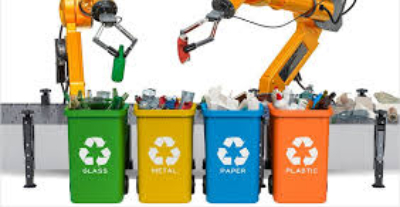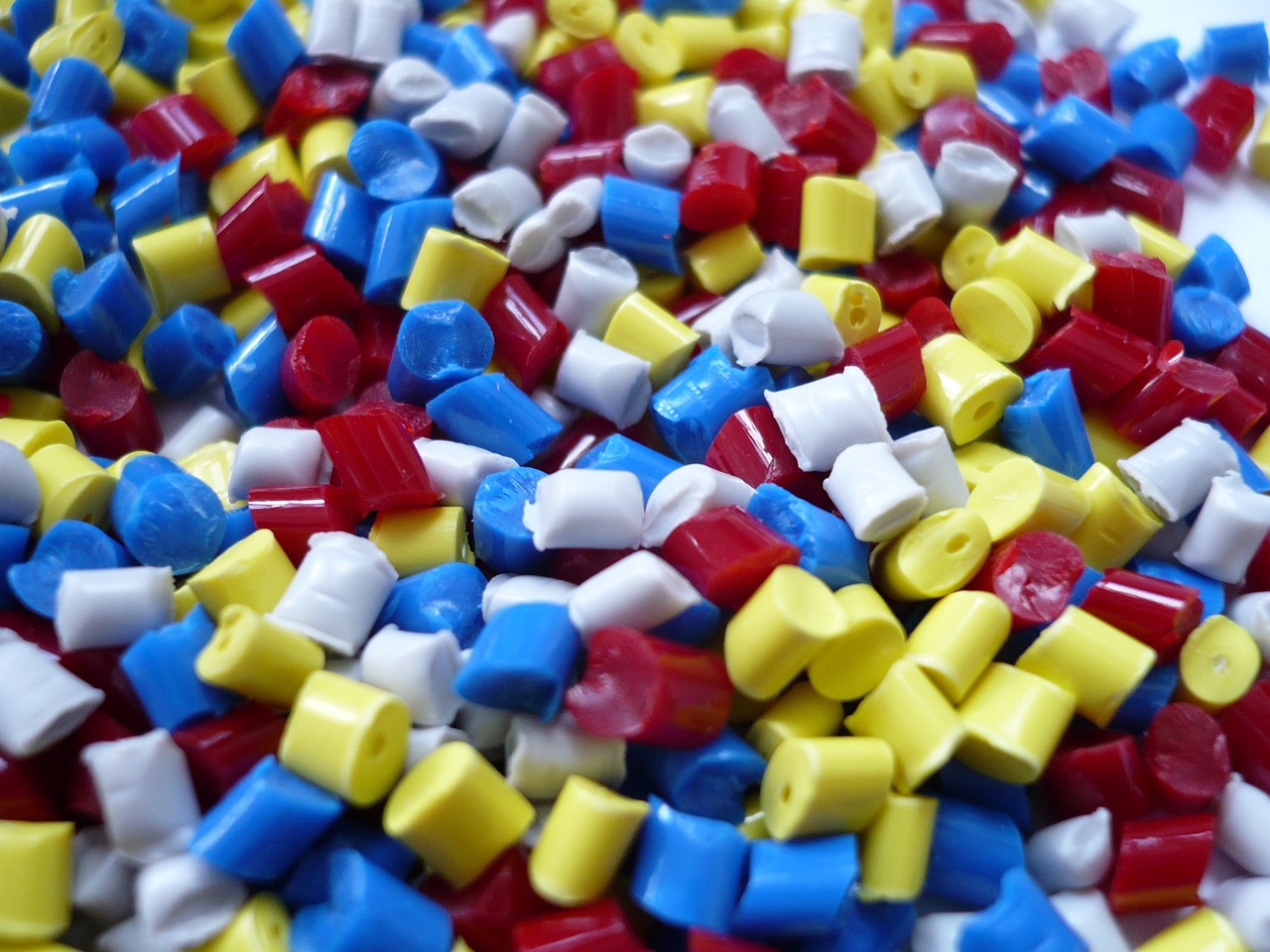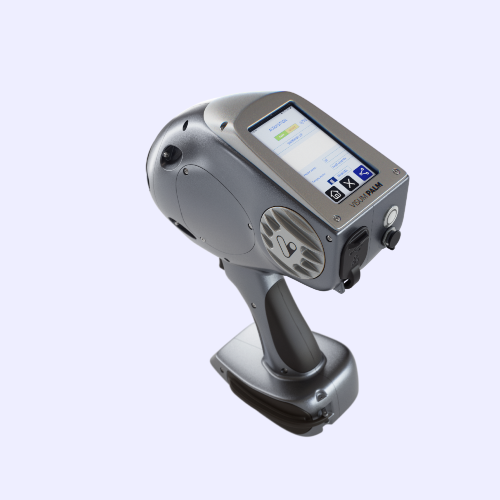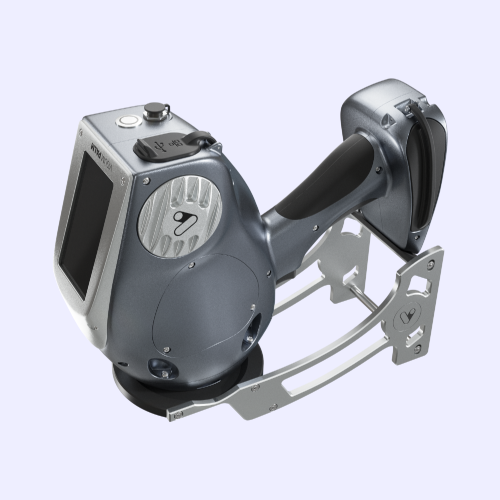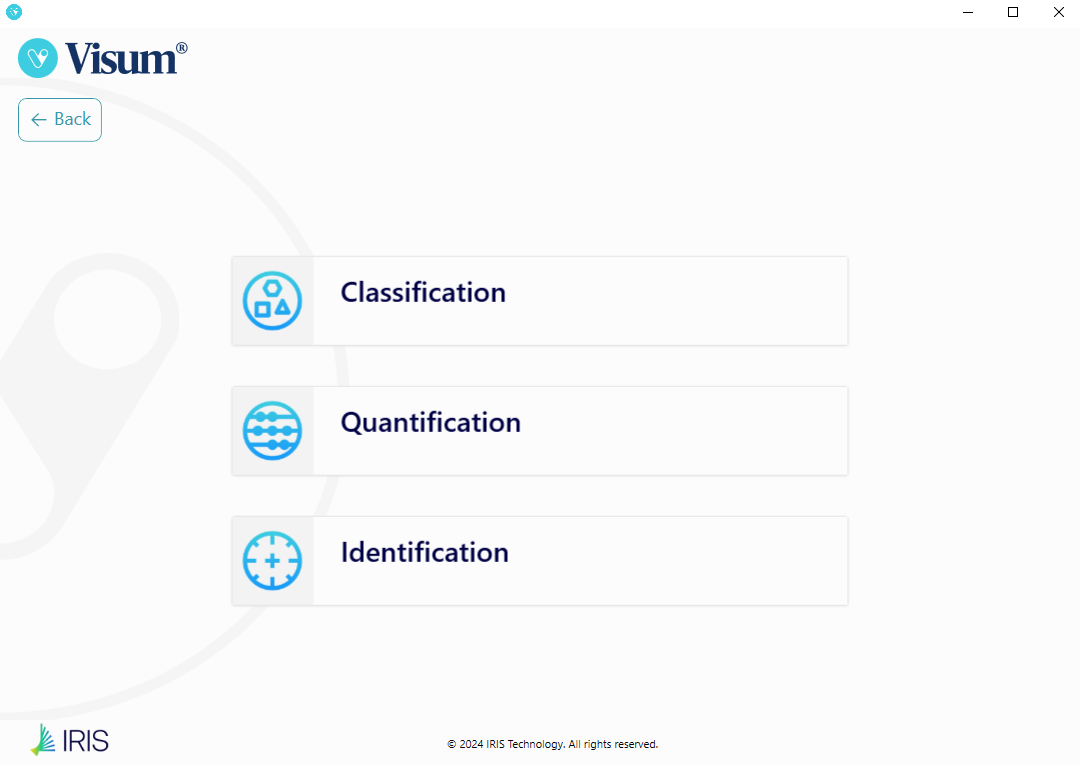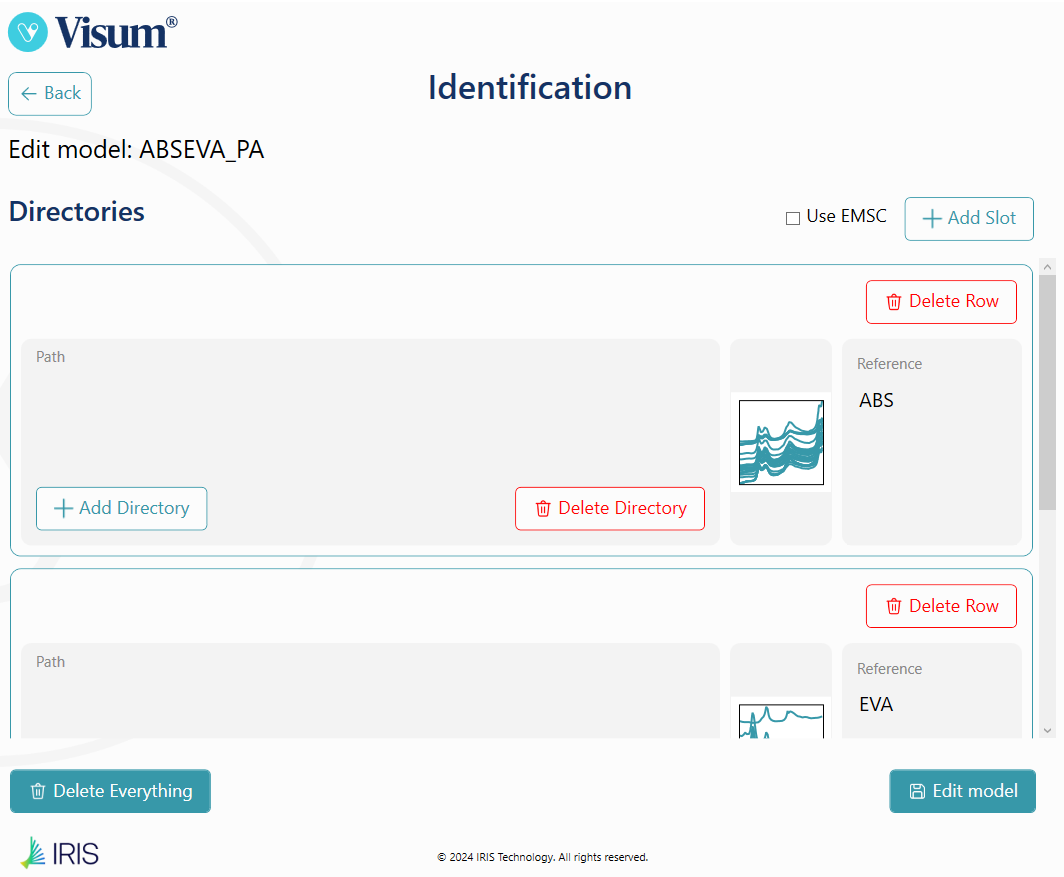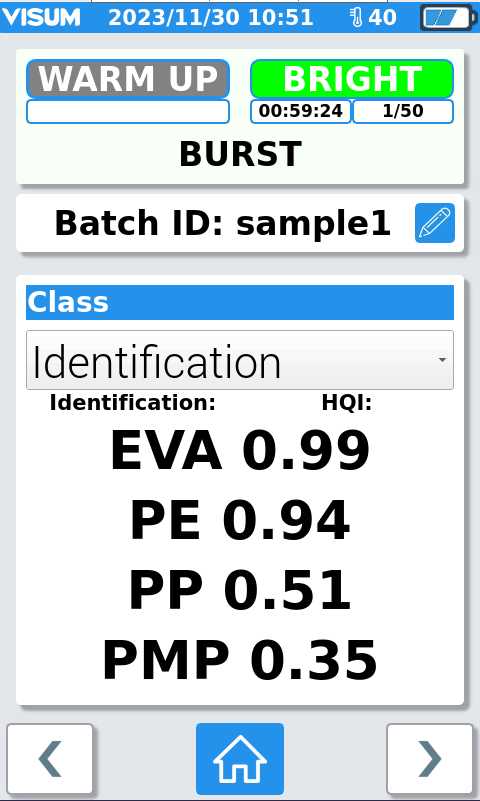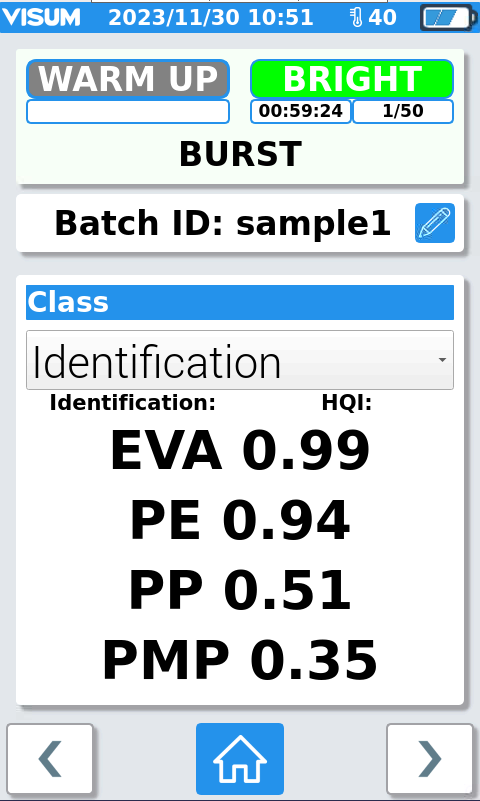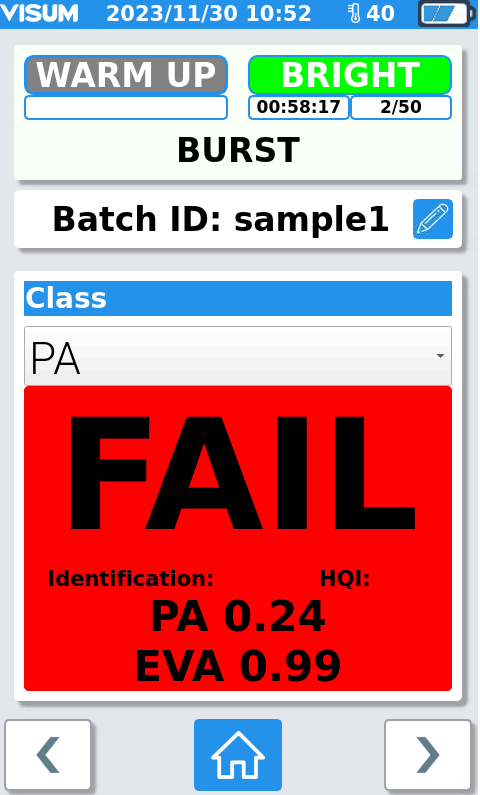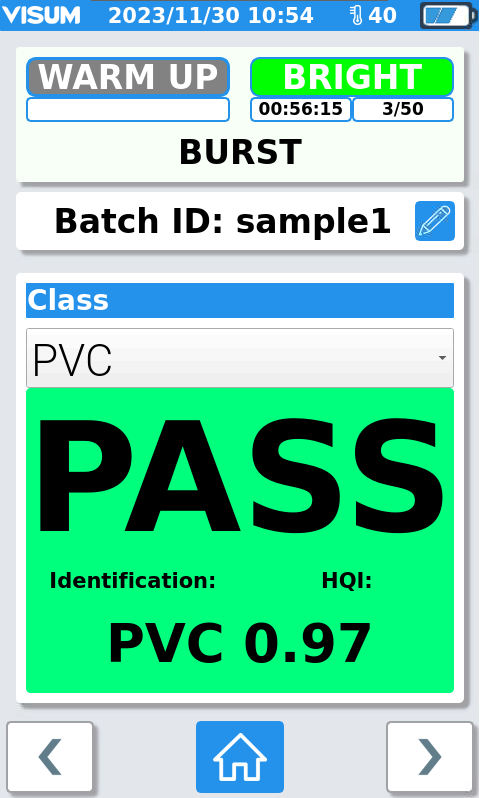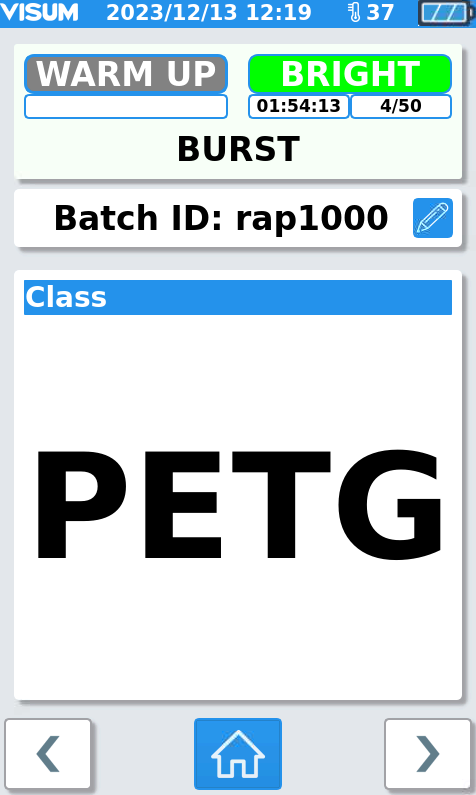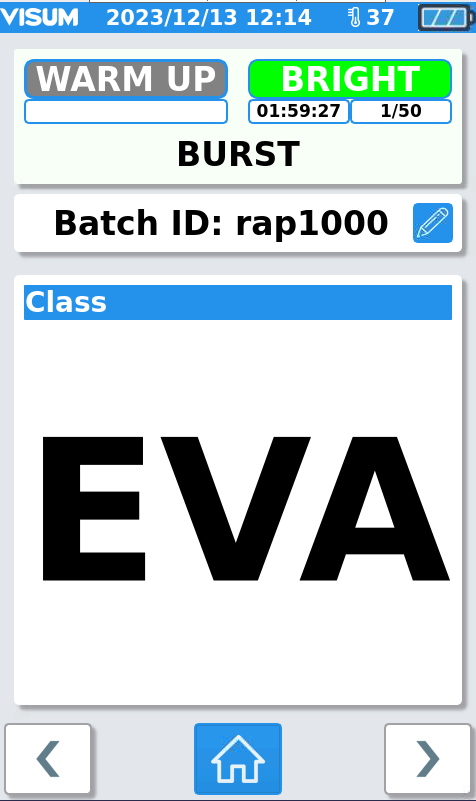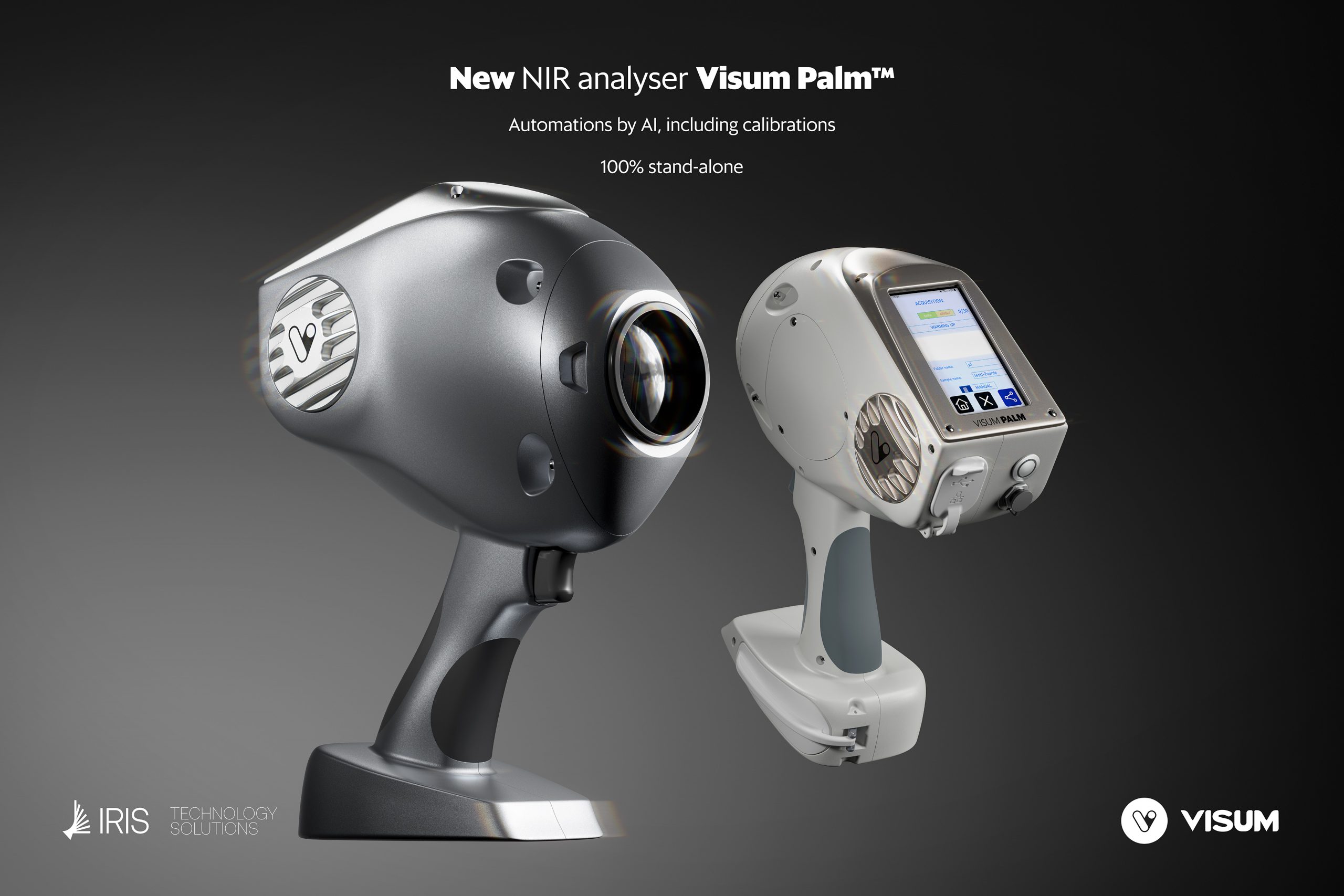
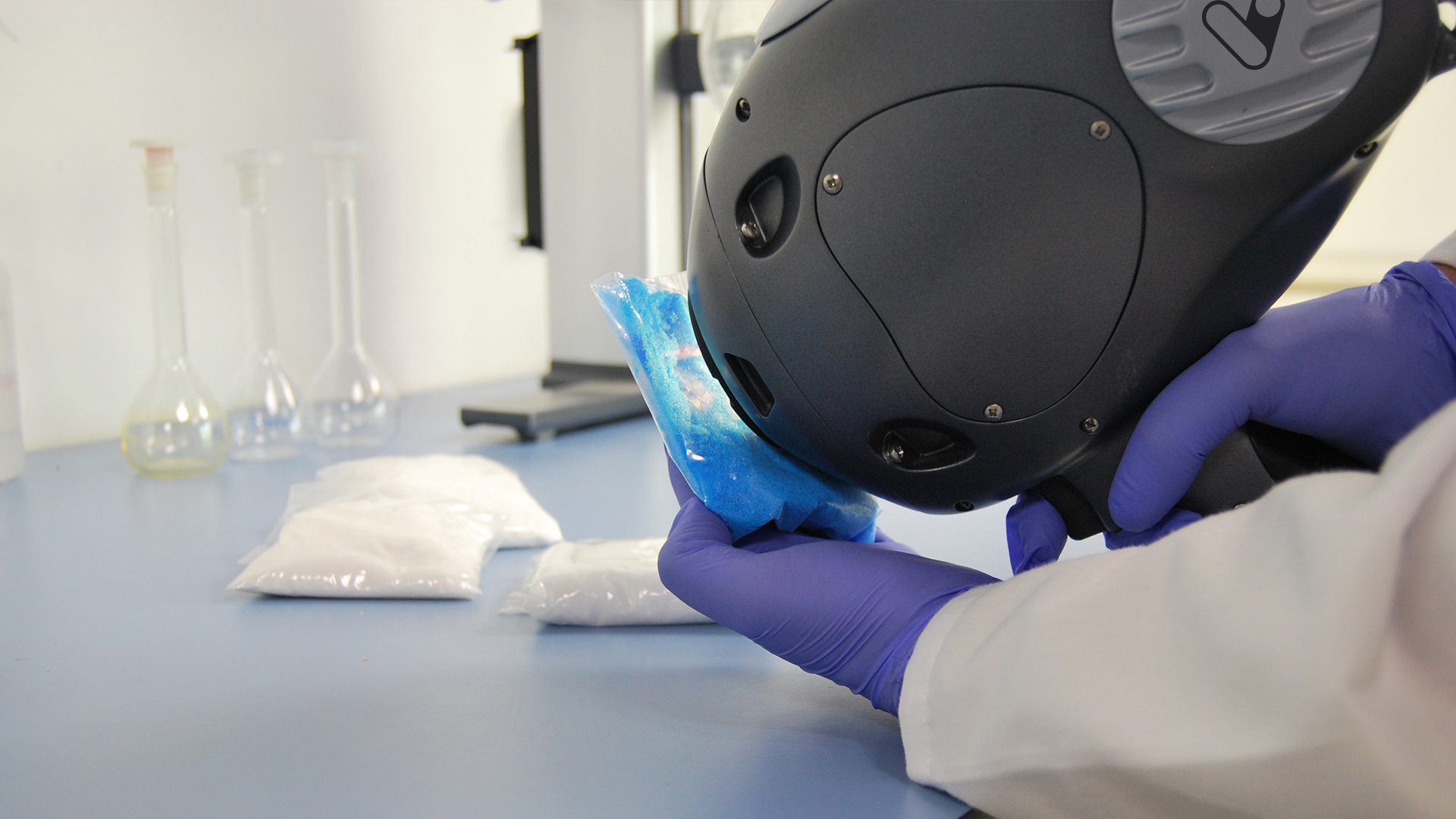 Visum Palm GxP: yeni farmasötik ürünler için NIR analizörü
Visum Palm GxP: yeni farmasötik ürünler için NIR analizörü
 Lipozom Diafiltrasyon Sürecinde Raman Spektroskopisi
Lipozom Diafiltrasyon Sürecinde Raman Spektroskopisi

Piyasadaki en iyi taşınabilir NIR analizörü hangisi? Visum Palm™ ile diğer taşınabilir analizörlerin karşılaştırması
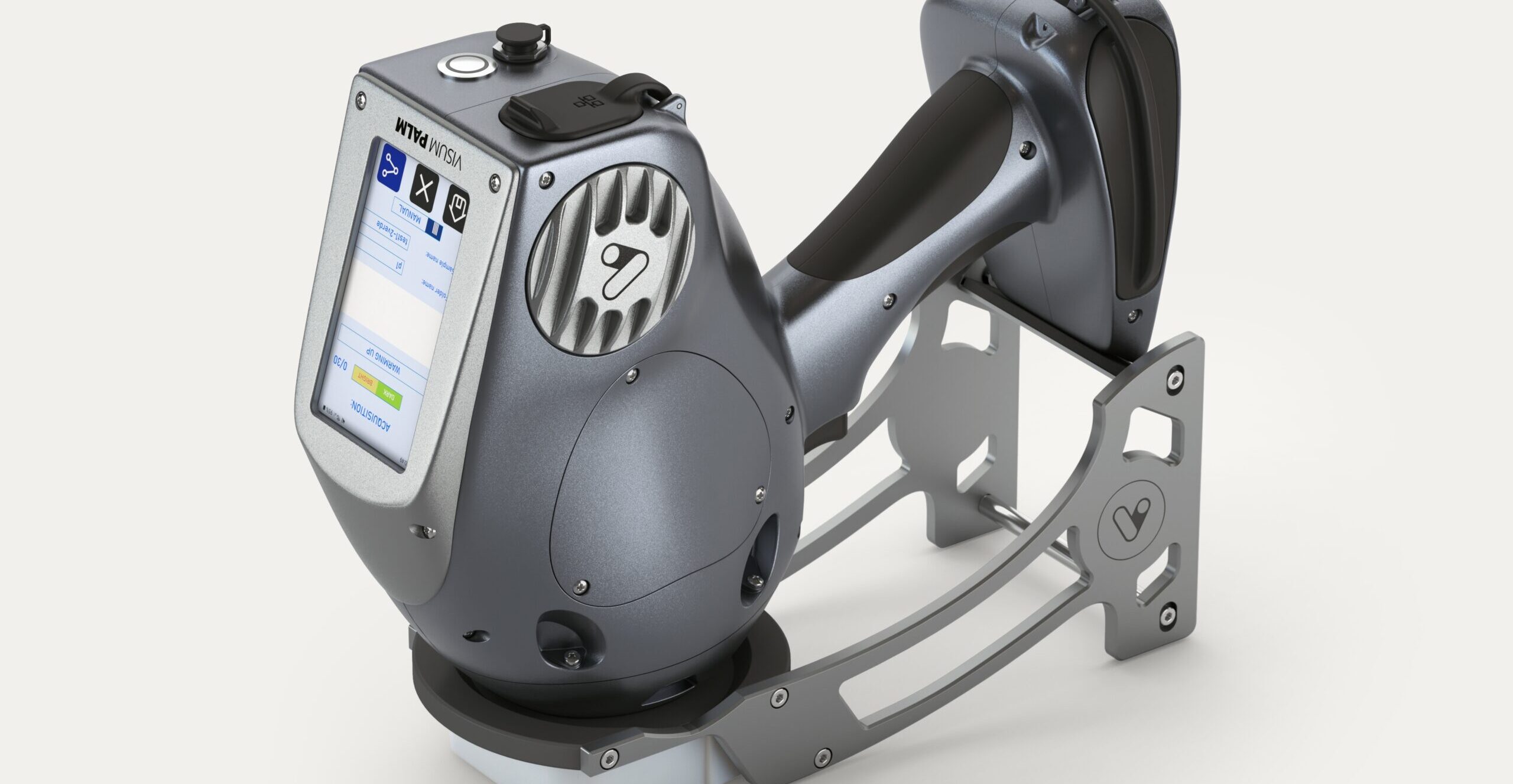
Piyasadaki en iyi taşınabilir NIR analizörü hangisidir?
Taşınabilir NIR analizörleri pazarı sürekli büyüyor ve bu büyümeyle birlikte net ve objektif teknik karşılaştırmalara duyulan ihtiyaç da artıyor. Bu yazıda, günümüzde en çok öne çıkan cihazları inceliyor ve resmi teknik özelliklerini Visum Palm™ ile karşılaştırarak, gerçek ihtiyaçlarınıza göre piyasadaki en iyi taşınabilir NIR analizörünü belirlemenize yardımcı olmayı amaçlıyoruz.
Bu analiz; spektral aralık, spektral çözünürlük, optik yapılandırma ve kullanıcı arayüzü gibi temel teknik parametreleri dikkate alırken, aynı zamanda pratik kullanım şekli, kalibrasyon süreçleri, çok yönlülük ve belirli sektörlerdeki uzmanlaşma gibi uygulamaya yönelik unsurları da değerlendiriyor. Ayrıca GMP ile düzenlenen endüstriler ve özel uygulama alanları da analiz kapsamında yer alıyor.
Spektral Aralık
En iyi taşınabilir NIR analizörünü seçerken dikkate alınması gereken temel faktörlerden biri spektral aralıktır. Çoğu taşınabilir NIR analizörü —örneğin Visum Palm™— 900 ile 1700 nm arasında çalışır. Bu aralık, yüksek kimyasal bilgi yoğunluğu sayesinde organik bileşenlerin analizi için idealdir.
Her ne kadar bazı modeller daha geniş spektral aralıklar (1300–2500 nm) sunsa da —genellikle FT-NIR sensörleri ile— pratikte her iki sistem de çoğunlukla benzer parametreleri kapsar. Ancak bu durum, yalnızca çok özel uygulamalarda ve sensör kalitesine bağlı olarak farklılık gösterebilir.
Visum Palm™, bu optimal aralığı, yüksek çözünürlüklü endüstriyel bir sensörle birleştirdiği için en iyi taşınabilir NIR analizörü olarak öne çıkar. Bu da cihazın sağlamlık, kararlılık ve uzun vadeli güvenilirlik sunmasını sağlar.
Sensörlerin minyatürleştirilmesinde önemli ilerlemeler kaydedilmiş olsa da, işlem kapasitesi, aşırı ısınma gibi bazı teknik zorluklar devam etmektedir. Bunların başında ise —bir sonraki bölümde göreceğimiz üzere— spektral çözünürlük gelir.
Spektral Çözünürlük: En iyi taşınabilir NIR analizörünü belirlemek için bilinmesi gereken bir faktör
Si consideramos que el rango espectral es la ventana por la que observamos una muestra, la resolución espectral representa la nitidez con la que capturamos esa imagen espectral. A diferencia de lo que ocurre con las cámaras de móviles, en espectroscopía NIR una menor resolución numérica (es decir, menos nanómetros) significa mayor capacidad para distinguir diferencias sutiles en la composición química, lo que se traduce en más precisión, repetibilidad y calidad analítica.
Este es uno de los factores que hacen del Visum Palm™ el mejor NIR portátil: su resolución espectral de tan solo 5 nm le permite responder a los desafíos más exigentes tanto en la industria agroalimentaria como en entornos regulados como la industria farmacéutica bajo normativas GMP.
Tener en cuenta la resolución espectral es clave si se busca precisión. Si el objetivo es un simple screening en campo, un analizador NIR portátil de bajo coste puede cumplir, aunque con limitaciones. Estos equipos, con resoluciones superiores a 15 nm, pueden ser útiles en ciertos escenarios, pero su alta sensibilidad al agua, mayor ruido instrumental y menor nitidez espectral los hace inadecuados para líquidos o muestras húmedas, así como para análisis en laboratorios o líneas de producción donde se exige fiabilidad.
En resumen, si queremos elegir el mejor NIR portátil no basta con que sea compacto o accesible, debemos revisar siempre la resolución espectral en su ficha técnica. Cuanto menor sea ese valor (en nanómetros), mayor será la calidad y nitidez de los resultados espectrales.
Taşınabilirlik
Spektral aralığı bir örneği gözlemlediğimiz pencere olarak düşünürsek, spektral çözünürlük, bu spektral görüntünün ne kadar net yakalandığını ifade eder. Akıllı telefon kameralarının aksine, NIR spektroskopisinde daha düşük sayısal çözünürlük (yani daha az nanometre), kimyasal bileşimdeki ince farkları ayırt etme kapasitesinin daha yüksek olduğu anlamına gelir. Bu da daha yüksek doğruluk, tekrarlanabilirlik ve analitik kalite sağlar.
Bu, Visum Palm™’ı en iyi taşınabilir NIR analizörü yapan temel faktörlerden biridir: yalnızca 5 nm spektral çözünürlüğü sayesinde, hem tarım-gıda endüstrisinde hem de GMP normlarına tabi ilaç sektöründe karşılaşılan zorlu analiz ihtiyaçlarına etkin biçimde yanıt verir.
Eğer amaç yüksek hassasiyetse, spektral çözünürlük dikkate alınması gereken kritik bir parametredir. Basit saha taramaları için düşük maliyetli bir taşınabilir NIR analizörü yeterli olabilir; ancak bu tür cihazlar genellikle 15 nm’nin üzerindeki çözünürlüklerle çalışır ve bu da belirli sınırlamaları beraberinde getirir. Özellikle bu cihazlar, sıvılar, nemli örnekler veya yüksek güvenilirlik gerektiren laboratuvar ve üretim ortamları için uygun değildir; çünkü suya karşı yüksek hassasiyet, daha fazla cihaz gürültüsü ve düşük spektral netlik gibi dezavantajlara sahiptirler.
Özetle, en iyi taşınabilir NIR analizörünü seçerken sadece kompaktlık veya fiyat kriterlerine göre karar vermemeliyiz. Cihazın teknik özelliklerinde yer alan spektral çözünürlük değerine mutlaka bakılmalıdır. Bu değerin nanometre cinsinden ne kadar düşükse, elde edilen spektral verilerin kalitesi ve netliği o kadar yüksek olur.
NIR Kalibrasyonları: Visum Palm™'ın basitleştirdiği bir görev
NIR spektroskopisinde kalibrasyon süreçlerinin karmaşıklığıyla kullanıcılar daha ne kadar uğraşmak zorunda kalacak? Kalibrasyon oluşturmak veya güncellemek gerektiğinde üreticiye bağımlı olmak ne kadar sürdürülebilir? Piyasadaki analizörlerin büyük çoğunluğunda —Visum Palm™ hariç hepsinde— nicel analiz, tanımlama veya sınıflandırma modellerinin oluşturulması, gelişmiş kemometrik bilgi gerektiren teknik yazılımlara bağlıdır: algoritma seçimi, ön işleme yöntemleri, gizli değişken sayısı gibi konular, standart bir analistin günlük görev tanımını fazlasıyla aşar.
Visum Palm™, en iyi taşınabilir NIR analizörü olarak fark yaratan önemli avantajlardan birini sunar: SMART ve GMP versiyonlarında bulunan Visum Master™ yazılımı, dahili otomatik model oluşturucu (Model Builder) ile birlikte gelir. Peki bu ne anlama gelir? Kullanıcının tek yapması gereken, kalibrasyon örneklerine ait spektrumları ve referans değerlerini yazılıma girmektir. Gerisini yazılım otomatik olarak yapar: yüzlerce model kombinasyonu oluşturur, RMSE ve R² değerlerine göre en iyisini seçer ve tüm detayları içeren teknik bir rapor üretir — kullanılan algoritma, ön işlemler, model tipi, örnek listesi, spektrumlar, tespit edilen aykırı değerler ve daha fazlası.
Bu otomasyon yalnızca günlerce sürecek teknik çalışmadan tasarruf sağlamakla kalmaz, aynı zamanda özellikle ilaç sektörü gibi GMP düzenlemelerine tabi alanlarda NIR yöntemlerinin validasyon gerekliliklerini de karşılar. Visum Master™ tarafından üretilen teknik rapor, ICH Q2(R1) yönergesine uygunluk açısından büyük kolaylık sağlar.
Yönergenin tam adı: Validation of Analytical Procedures.
Herhangi bir kullanıcının —kemometri deneyimi olmasa bile— kendi kalibrasyonlarını oluşturabilmesi ve güncelleyebilmesi, Visum Palm™’ı en iyi taşınabilir NIR analizörü yapan bir diğer neden olup, kullanıcıya benzersiz bir bağımsızlık ve esneklik kazandırır.
Karşılaştırma Tablosu: Visum Palm™ ile Diğer Taşınabilir NIR Analizörlerinin Karşılaştırması
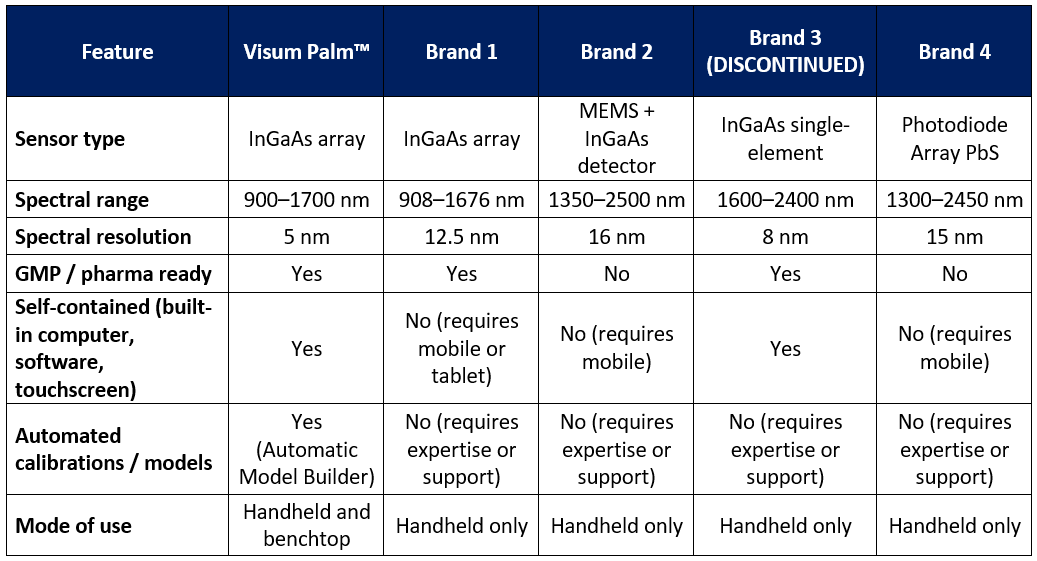
Optik Konfigürasyon ve Etkili Analiz Alanı: En iyi taşınabilir NIR analizörünü belirleyen kritik unsurlar
En iyi taşınabilir NIR analizörünü belirlemek için dikkate alınması gereken en kritik —ve genellikle göz ardı edilen— değişkenlerden biri, cihaz ile numune arasındaki optik arayüzdür. Bu konuda Visum Palm™, onu rakiplerinin önüne geçiren benzersiz optik tasarımıyla açık şekilde öne çıkar.
Visum Palm™, 50 mm çapında geniş kapsamlı bir aydınlatma sistemi ve 10 mm’lik bir ölçüm alanı ile donatılmıştır. Bu, her numunenin daha temsili bir bölgesinin analiz edilmesini sağlar. Bu yapı, iç kısmında yansıtıcı çan şeklinde bir mimari ile tamamlanır; bu da genellikle yalnızca yüksek maliyetli laboratuvar tipi NIR cihazlarında bulunan entegrasyon küresi davranışını taklit etmeye yöneliktir.
Peki bu pratikte ne anlama geliyor? Visum Palm™, daha fazla yararlı kimyasal bilgi toplayabilir, gerçek numunelerdeki heterojenliklerin (örneğin doku, yoğunluk veya yüzey değişkenliği) etkisini azaltabilir ve numuneden yansıyan ışığı daha verimli kullanabilir. Tüm bunlar, spektral kaliteyi önemli ölçüde artırır ve dolayısıyla analizlerin güvenilirliğini güçlendirir.
Parametrelerin kantitatif analizinde, bu optik yapı, yüksek fiyatlı masaüstü NIR sistemleriyle neredeyse eşdeğer bir performansa ulaşmayı mümkün kılar — bu da taşınabilir bir cihaz için oldukça istisnai bir durumdur.
Bu nedenle, Visum Palm™, yalnızca genel özellikleriyle değil, optik konfigürasyonu sayesinde de günümüzde piyasada bulunan en iyi taşınabilir NIR analizörü olarak açıkça öne çıkmaktadır — özellikle de kantitatif analiz için.
Conclusión ¿cuál es el mejor NIR portátil?
Nesnel bir bakış açısıyla ve doğrulanabilir teknik özelliklere dayanarak değerlendirildiğinde, Visum Palm™ rakiplerinin açıkça önüne geçmektedir. Gelişmiş sensör teknolojisi, yüksek spektral çözünürlük, kararlılık, optik konfigürasyon avantajları ve GMP ve farmasötik düzenlemelere uyumluluğu, ayrıca kalibrasyon ve model oluşturma süreçlerinin otomatikleştirilmiş olması sayesinde, günümüzde piyasadaki en iyi taşınabilir NIR analizörü olarak öne çıkar.
Ancak ideal cihaz seçimi yalnızca sensörün teknik kalitesine dayanarak yapılmamalıdır — bu yazının amacı da tam olarak budur: teknik-danışmanlık satış süreçlerinde kasıtlı ya da istemeden göz ardı edilen birçok önemli konuyu aydınlatmak ve kullanıcının “en iyi taşınabilir NIR analizörü hangisidir?” sorusuna kendi ihtiyaçlarına göre bilinçli bir yanıt verebilmesini sağlamaktır.
Bazı durumlarda, dışarıdan bir akıllı telefon ya da tablet ile çalışan daha basit bir analizör seçmek doğru bir karar olabilir — özellikle aşırı taşınabilirliğin öncelik olduğu ve analizlerin genellikle saha ortamlarında veya daha düşük kalite standartlarının geçerli olduğu koşullarda.
Bu nedenle, en iyi taşınabilir NIR analizörünü seçerken kullanım ortamı, analiz edilecek ürün tipi, kritik parametreler ve gerekli kalite kontrol düzeyi gibi faktörleri dikkate almak hayati önem taşır. Ancak bu şekilde, basit görevler için uygun maliyetli bir cihazdan, GMP ile düzenlenen zorlu üretim ortamları için sağlam, endüstriyel, valide edilebilir ve bağımsız çalışan bir sisteme kadar ihtiyacımıza en uygun çözümü seçebiliriz — örneğin Visum Palm™ gibi.
